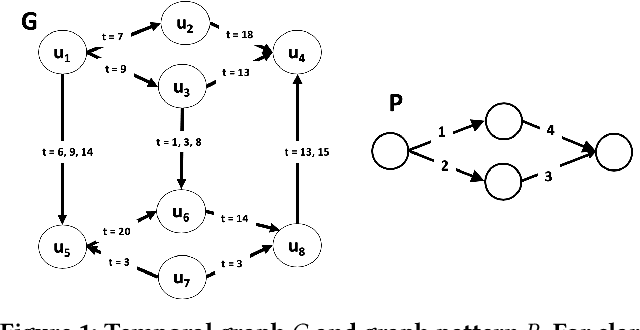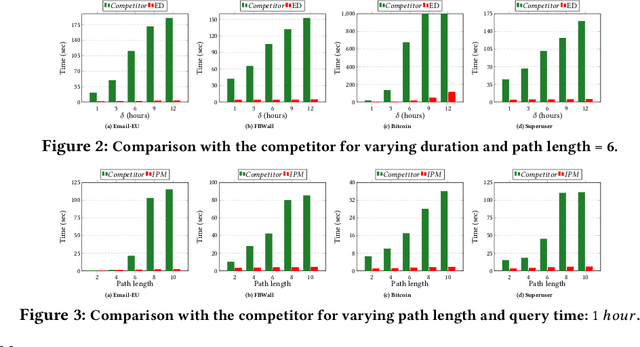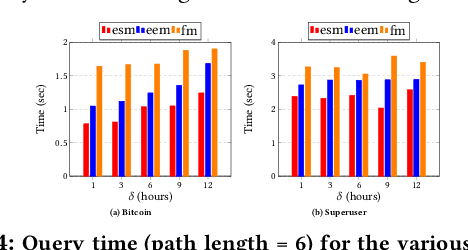Konstantinos Semertzidis
Scaling Knowledge Graphs for Automating AI of Digital Twins
Oct 26, 2022Abstract:Digital Twins are digital representations of systems in the Internet of Things (IoT) that are often based on AI models that are trained on data from those systems. Semantic models are used increasingly to link these datasets from different stages of the IoT systems life-cycle together and to automatically configure the AI modelling pipelines. This combination of semantic models with AI pipelines running on external datasets raises unique challenges particular if rolled out at scale. Within this paper we will discuss the unique requirements of applying semantic graphs to automate Digital Twins in different practical use cases. We will introduce the benchmark dataset DTBM that reflects these characteristics and look into the scaling challenges of different knowledge graph technologies. Based on these insights we will propose a reference architecture that is in-use in multiple products in IBM and derive lessons learned for scaling knowledge graphs for configuring AI models for Digital Twins.
A Hybrid Approach to Temporal Pattern Matching
Jan 24, 2020



Abstract:The primary objective of graph pattern matching is to find all appearances of an input graph pattern query in a large data graph. Such appearances are called matches. In this paper, we are interested in finding matches of interaction patterns in temporal graphs. To this end, we propose a hybrid approach that achieves effective filtering of potential matches based both on structure and time. Our approach exploits a graph representation where edges are ordered by time. We present experiments with real datasets that illustrate the efficiency of our approach.
 Add to Chrome
Add to Chrome Add to Firefox
Add to Firefox Add to Edge
Add to Edge